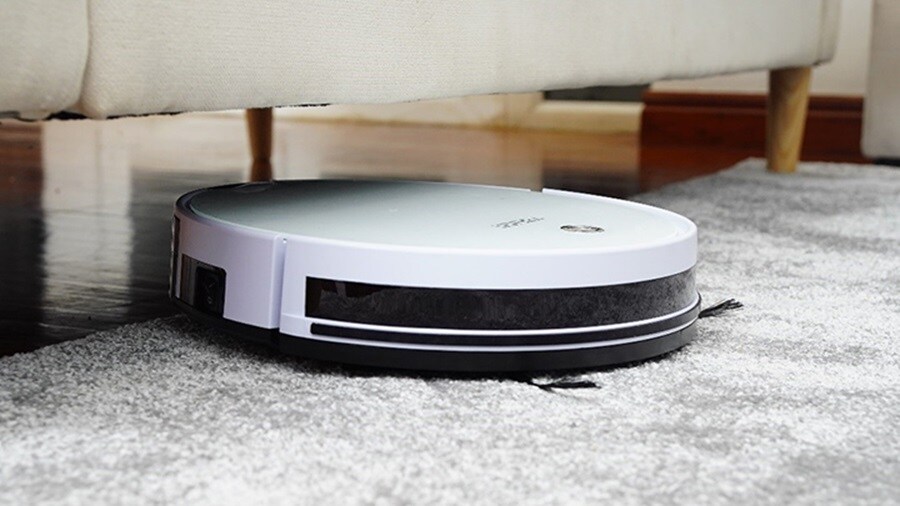When talking about consumer technology products, we inevitably must look at technology life cycles – a model that describes the different stages that any new technology goes through, from its initial development and growth to maturity and eventual decline. Along this path, new trends continuously emerge and reshape those life cycles and consequently, their supply chains. In the following piece, we've analysed five trends in consumer technology products and how they are reshaping supply chains.
Product life cycles are becoming longer
While the reports that actual product lifetimes are, at least, 2.3 years shorter than both their desired and designed life cycles, there are signs indicating those cycles are becoming longer. Although tech enthusiasts will continue to eagerly upgrade to the latest gadget as soon as it’s launched, new product launches no longer capture as much attention as they used to. Consumers often feel new launches miss the mark when it comes to significant upgrades from previous models, making them more likely to .
This shift is not just consumer-led; , making them more durable and recyclable. Even though longer product lifetimes might result in consumers replacing their products less often, this doesn’t have to come at the cost of consumer technology companies.
Besides increased customer satisfaction, longer product lifetimes can help companies reduce costs of waste management and open-up new income streams by offering refurbishment and repairs, further boosting consumer loyalty. Introducing repair and resell models will require businesses to reconsider their supply chains – whether it comes to sourcing spare parts, optimising their reverse logistics and inflow of used products, or redistribution of repaired products into the market.

Smaller, faster, lighter
As TV screens seem to be getting bigger by the day, smartphones seem to have reached their peak in size, due to the fine line between the benefits of viewing content on a bigger screen and the impracticality of carrying said screen around. reports wearables are also becoming smaller, while at the same time packing more precise and broad functionalities.
With 5G on its way to becoming the norm for devices across price points, , as devices will rely on calculations done remotely and their output being streamed to devices in a form of video feed.
Devices becoming smaller and lighter will naturally mean they will take up less cargo space and allow companies to optimise their container utilisation. This will also have an impact on storage solutions, and all together can be an opportunity to further streamline supply chains and improve efficiency.
Internet of Things
Consumer electronic devices are not just becoming lighter, but also more diverse in their functionalities. Additionally, these devices are more connected than ever, a trend that is only expected to grow in pace with the Internet of Things (IoT). In 2022, the total number of IoT connections in Europe was 2.26 billion, a number that is expected to grow to almost 5 billion in 2027, according to .
The Internet of Things plays a crucial role in enabling smart home technology, yet another market that is expected to see substantial growth with .

According to a report by the World Economic Forum, this growth will not be limited to a specific product category, as households invest not only in small smart devices such as speakers and smoke detectors, but also large appliances such as refrigerators, kitchen robots, or cleaning appliances.
With the increased interconnectivity of devices, consumer technology companies are facing a challenge that will have an additional impact on product life cycles – overheating in electronic devices. As their performance and functionality increase, devices start generating more heat, making them slower and more likely to stop working altogether, requiring consumers to repair or replace them earlier than intended.
To tackle these challenges, consumer technology companies are increasingly focusing on innovations that will allow them to find a balance between the desired product lifetime and the developments resulting in Internet of Things that are bringing this lifetime down.
A shift in sourcing
During the pandemic, the created supply chain challenges that are now beginning to normalise, although some pressure could persist through 2023 and into 2024. In Europe, 65% of companies reported that delays in components or finished goods caused slowdowns in their supply chain, and . As a result, European companies are increasingly looking to move sourcing and manufacturing closer to home markets. Van Maaskkers points out that, “when moving production closer to home, and especially to multiple locations, companies can limit their risks, shorten the supply chain and increase flexibility,” and adds that producing goods in different locations to serve local markets, rather than relying on a centralised facility, can also reduce transportation costs and improve time to market.
Recycling enters the chat
Consumers across all categories are looking for more options to decrease waste, and consumer technology is no different. Between 2010 and 2019, the amount of electronic waste has increased by almost 60%, and is . According to , in the European Union alone 11.2 million metric tons of electrical equipment entered the market, with 3.6 million tons recycled and prepared for reuse in the same year.
Additionally, according to , electronics that are not recycled or disposed of will disappear into drawers or cupboards of their consumers. While an average European household owns 74 electronic products, 13 of those are broken or not working properly, but remain in the house. However, this trend seems to turn around as consumers look into recycling – as mentions around recycling and consumer technology have increased 31% in 2022 compared to the year before, reports.
This means that companies will need to establish proper reverse logistics, should they wish to recycle and repair their products. They will also need to focus on educating the consumers about circularity, and design products for repairability, whether that will mean modular design, or providing spare parts. “The main challenge for consumer technology companies will be to make these five trends work together. While innovation and recycling are pushing product lifetimes upwards, IoT and interconnectivity are pushing them down. On the one hand, we will likely see changes in design and materials, and further shifts in sourcing and distribution as a result,“ concludes van Maasakkers.
无论您需要什么,东升国际 都可以随时为您提供帮助
提交此表,即表示我同意通过电子邮件接收 A. P. 穆勒-东升国际集团及其关联公司接收物流相关东升国际 和营销信息更新。我了解我可以随时通过点击退订链接,取消接收此类东升国际推送信息。如需查看东升国际 会如何处理您的个人信息,请查阅。
